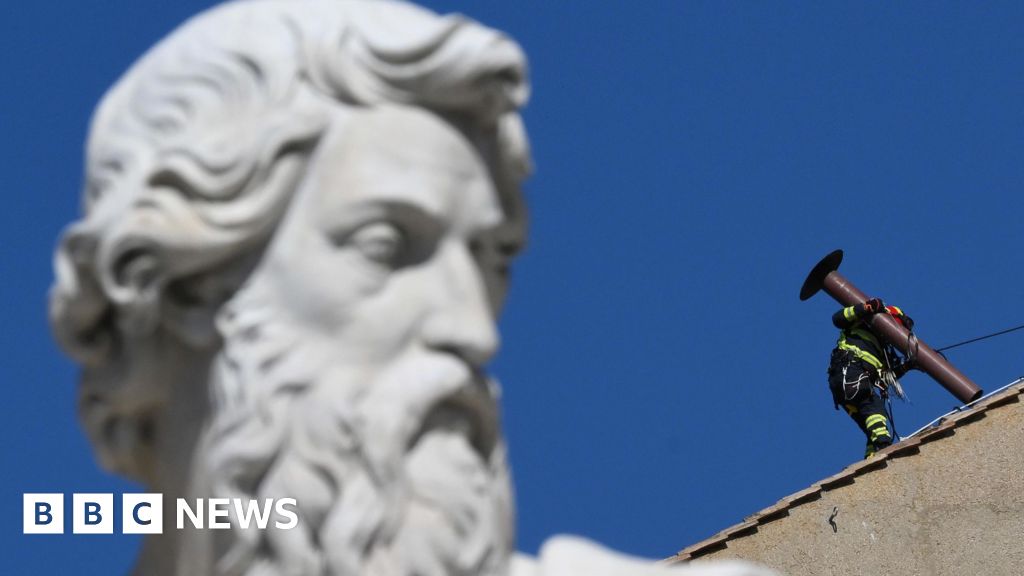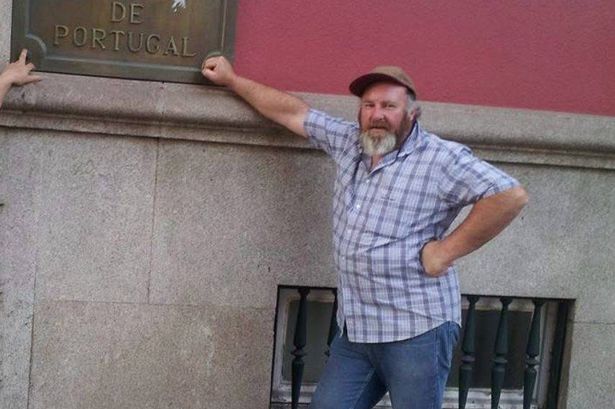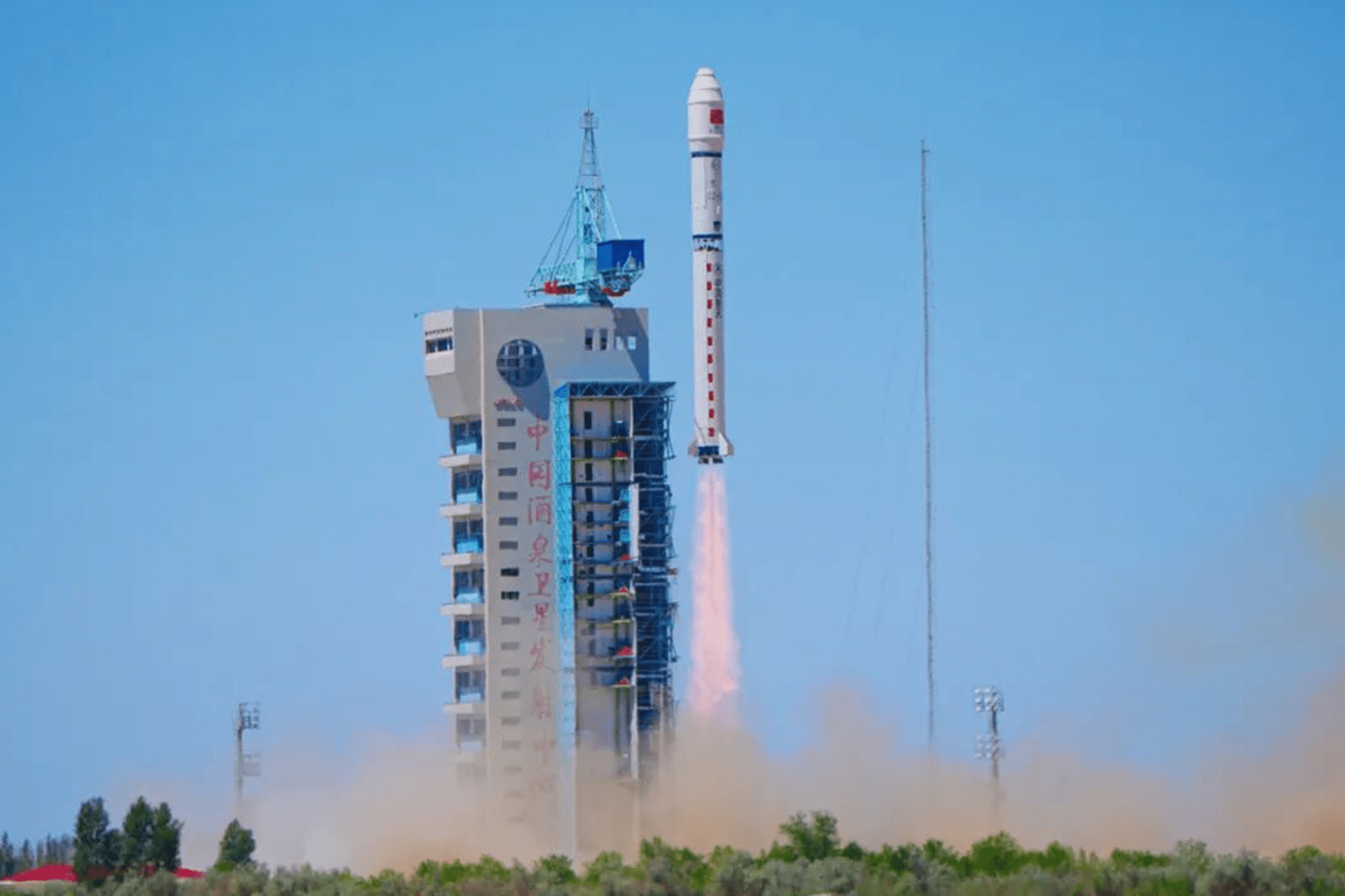Custom fireworks and standby firefighters: How the Vatican makes its smoke signal

Title: Custom Fireworks and Standby Firefighters: How the Vatican Makes its Smoke Signal
In the heart of Vatican City, the age-old tradition of announcing the election of a new Pope through smoke signals continues to captivate the world. This process, rooted deeply in history and religious symbolism, requires the use of two custom fireworks, smoke test rehearsals, and Vatican firefighters on standby, according to experts.
The tradition of using smoke signals dates back to 1878, a time when no other form of communication could match its speed or spectacle. The smoke signal, which is either black or white, is sent out from a small chimney on the roof of the Sistine Chapel, informing the world about the outcome of the papal conclave. White smoke indicates the successful election of a new Pope, while black smoke signifies that no decision has been reached.
The color of the smoke is determined by the chemical composition of the fireworks used. “The process requires two distinct custom fireworks, one for black smoke and one for white,” explains Dr. Maria Grazia, a pyrotechnic specialist. “The black smoke is produced by a mixture of potassium perchlorate, anthracene, and sulphur, while the white smoke is made by burning a mixture of potassium chlorate, lactose, and pine rosin.”
The smoke signal’s visibility is key to its success, and to ensure this, the Vatican conducts several smoke test rehearsals. “These tests are essential to ensure the right amount of smoke is produced and is visible from St. Peter’s Square and beyond,” says Father Luigi, a Vatican insider. “It’s a delicate process, balancing the visibility of the smoke with the safety of the Sistine Chapel and all those involved.”
This safety concern is why Vatican firefighters are always on standby during the papal conclave. Their role is to monitor the burning of the ballots and the emission of the smoke, being ready to intervene if anything goes wrong. The firefighters, dressed in their distinctive uniforms and helmets, are stationed on the roof of the Sistine Chapel, alongside a small, custom-built stove where the ballots are burned.
“The firefighters are an integral part of the process,” explains Chief Fire Officer, Giovanni Bellini. “Not only do we ensure the safe burning of the ballots, but we also manage the smoke emission, ensuring it is clear and visible for all to see.”
The custom fireworks used for the smoke signals are produced by a small, family-run business in Italy, which has been supplying the Vatican with these unique pyrotechnics for generations. “It’s an honor to be part of this historical tradition,” says Luca Martini, the current owner. “We take great pride in creating these custom fireworks, carefully crafting each one to ensure the correct color and amount of smoke is produced.”
The smoke signal tradition is not only a spectacle but also a profound symbol of the Catholic Church’s continuity and its ability to adapt to modern times. Despite the advent of digital communication, the Vatican has chosen to maintain this ancient tradition, blending the old with the new.
“The smoke signal is a beautiful way of announcing the Pope’s election,” says Father Luigi. “It’s a moment of unity for Catholics around the world, waiting and watching together for that white smoke.”
In an era of instant messaging and live-streaming, the Vatican’s use of smoke signals may seem archaic. Yet, the sight of smoke rising from the Sistine Chapel remains one of the most iconic images in the Catholic world. It’s a testament to the Church’s enduring traditions, underscoring the significance of the papal election process. It’s a blend of science and symbolism, where custom fireworks, smoke tests, and vigilant firefighters come together to create a spectacle that resonates across the globe, transcending geographical and cultural boundaries.








